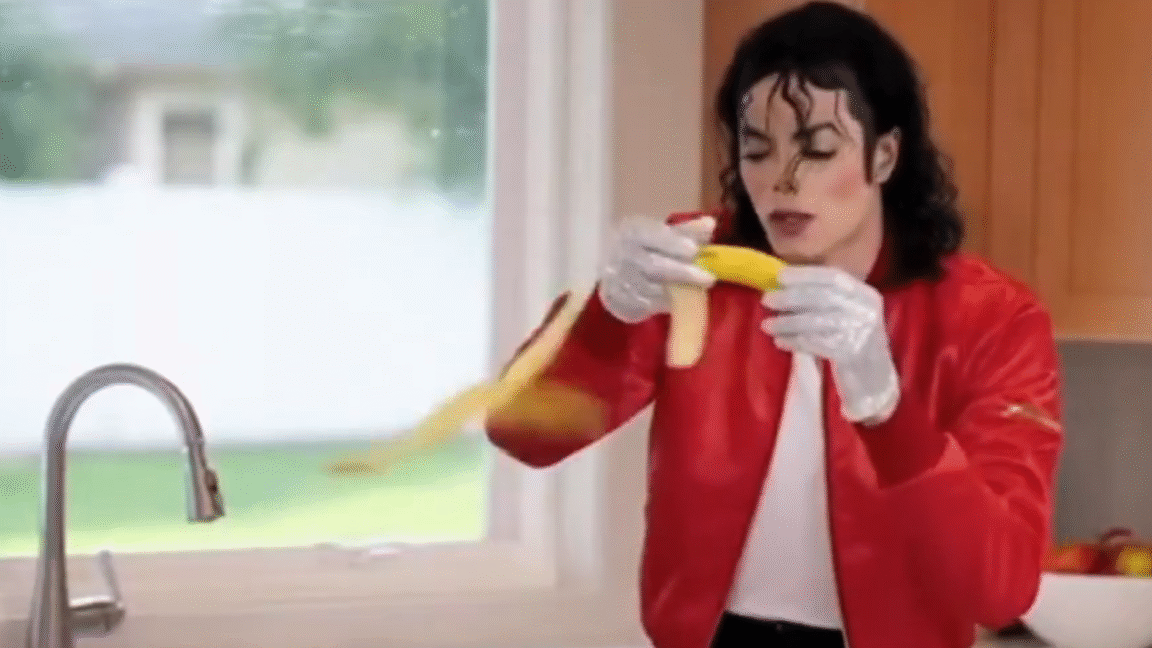OpenAI’s Sora 2 Video Tool Sparks Controversy Over Use of Deceased Celebrities

Key Points
- OpenAI’s Sora 2 blocks depictions of living public figures by default but does not restrict images of deceased individuals.
- Creators have produced AI videos featuring dead celebrities in new, often humorous contexts.
- A moving watermark is added to every generated video to identify it as synthetic.
- Zelda Williams publicly asked creators to stop sending AI videos of her late father, Robin Williams.
- OpenAI offers a voluntary “cameo” feature that lets living individuals upload their likenesses with full control and revocation rights.
- The controversy raises ethical questions about consent, legacy protection, and the responsible use of deep‑fake technology.
OpenAI introduced Sora 2 as a video‑generation model that blocks depictions of public figures by default, yet a loophole permits creators to insert deceased personalities into AI‑generated clips. The platform’s moving watermark aims to signal synthetic content, but families and fans are upset by the posthumous portrayals, exemplified by Zelda Williams’ public plea to stop receiving AI videos of her late father. OpenAI also offers a “cameo” feature that lets living individuals voluntarily upload their likenesses, with controls to revoke access and moderate usage, highlighting the tension between creative freedom and ethical safeguards.
OpenAI’s Intended Safeguards
When OpenAI launched the Sora 2 video generator, the company announced that the system would block depictions of public figures by default. The goal was to prevent the creation of misleading footage featuring living personalities without consent. To reinforce this, every generated video carries a moving watermark that identifies the content as synthetic, a step meant to reduce the risk of viewers being fooled.
Loophole Allows Deceased Figures
Despite these measures, creators have discovered that the default block does not extend to individuals who are no longer living. Social‑media platforms are now filled with AI‑generated clips that feature dead celebrities in new, often whimsical scenarios. Examples include a posthumous interview between Tupac Shakur and Malcolm X, Bruce Lee hosting a “dragon energy” DJ set, Michael Jackson performing kitchen‑based stand‑up comedy, Stephen Hawking riding a giant skateboard ramp, Mister Rogers appearing on a stunt‑show, Kurt Cobain stealing KFC chicken fingers, and Martin Luther King Jr. stumbling through a famous speech. The list continues to grow as users experiment with the tool’s capabilities.
Public Reaction and Family Concerns
The resurgence of these images has provoked strong reactions from relatives and fans. Zelda Williams, daughter of the late Robin Williams, posted a now‑deleted Instagram story urging creators to stop sending her AI videos of her father. She wrote, “Please stop sending me AI videos of dad… It’s dumb, it’s a waste of time and energy, and believe me, it’s NOT what he’d want.” Her statement underscores the emotional impact such synthetic portrayals can have on those who remember the real individuals.
OpenAI’s “Cameo” Feature for Living Users
In parallel with the controversy, OpenAI markets a “cameo” option that lets living public figures voluntarily submit a scan of their face via a smartphone. This feature enables users to insert themselves into any Sora 2 scene with high fidelity, while retaining control over how their likeness is used. OpenAI states that cameo participants can revoke access to their scans at any time and have moderation tools to limit unauthorized use. The company emphasizes that the system is designed to ensure consent and end‑to‑end control for living subjects.
Balancing Creativity and Ethics
The situation highlights a broader debate about the responsibilities of AI developers in managing deep‑fake technology. While Sora 2 opens new creative avenues, the ability to resurrect deceased personalities raises questions about respect for legacies, consent, and the potential for misuse. OpenAI’s watermark and cameo safeguards address some concerns, yet the loophole for deceased figures remains unfilled, leaving families and the public to grapple with the ethical implications of AI‑generated tributes that may not align with the wishes of those portrayed.